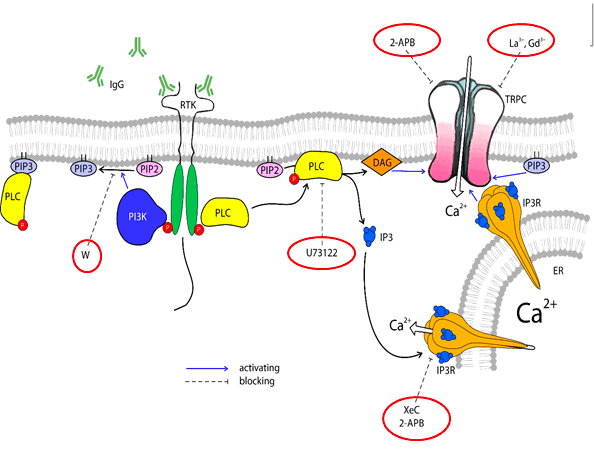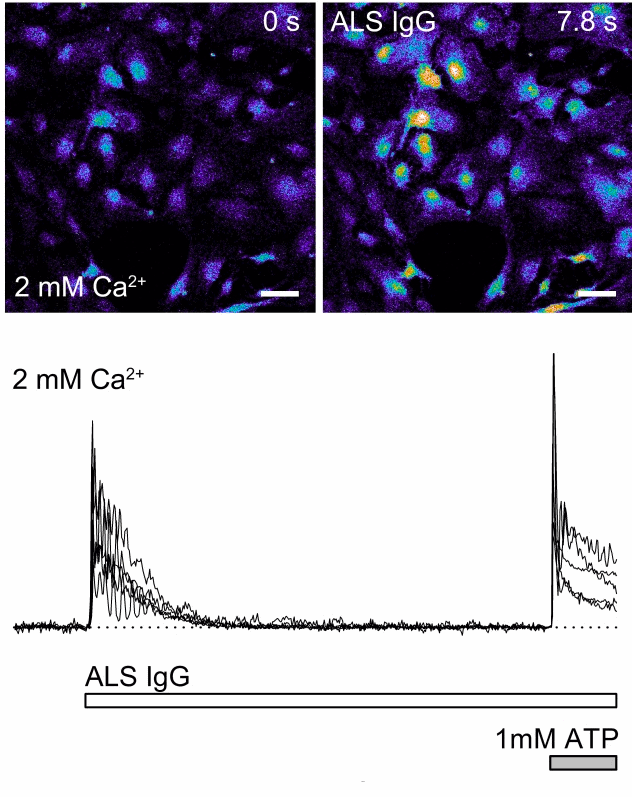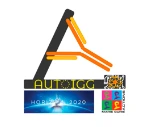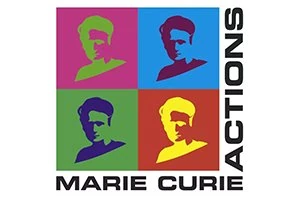IgGs screening for neurodegenerative diseases diagnosis: AUTOIGG
The project aims to produce an innovative automated device for diagnosing neurodegenerative diseases.
The consortium comprises partners from Serbia (as coordinator), Finland, France, Turkey, and overseas partners, two from the USA and one from Costa Rica.
This project is completed now. If interested, feel free to contact us.

Immunoglobulins (IgGs) are the key players in immune responses neutralizing pathogens. In the AUTOIGG project, we recruit IgGs derived from patients suffering from neurodegenerative diseases, particularly amyotrophic lateral sclerosis, to study their effect on neurons and glial cells.
In the light of developing the automated device, one of our goals is a small-scale perfusion system with microchambers on a chip suitable for fluorescent live imaging in individual cells or cell groups.
Perfusion system for IgGs screening: our role
Live imaging is a powerful technique that allows the study of the effects of various compounds in cell culture, quantifying responses of individual cells. Perfusion chambers and fast application systems, which are commonly used for live imaging, have many advantages. However, we aim to improve the consistency of experiments with the help of microfluidics.
The first problem to solve is the shear stress induced by the everyday work of the application system. This shear stress activates mechanosensitive receptors, thus causing unwanted “artificial” responses that can overwhelm signals from compounds of interest. These artifacts become especially detrimental when the studying compound, such as IgGs, induces comparably small responses that must be carefully analyzed.
Secondly, existing perfusion chambers have rather significant volume and require an unacceptably large amount of studying solution, while in the case of IgGs derived from patients, sample volumes are minimal.
Thirdly, the design features of the existing macro-scale perfusion chambers and application systems require readjustments before each experiment, which leads to variation in spatial configuration and, hence, differences in final concentration and delivery time of applying the solution.
All three problems can be easily solved by combination of highly precise chips with embedded perfusion channels and our perfusion system.


This project has received funding from the European Union’s Horizon 2020 research and innovation programme under the Marie Sklodowska-Curie grant agreement No 778405 (AUTOIGG).


